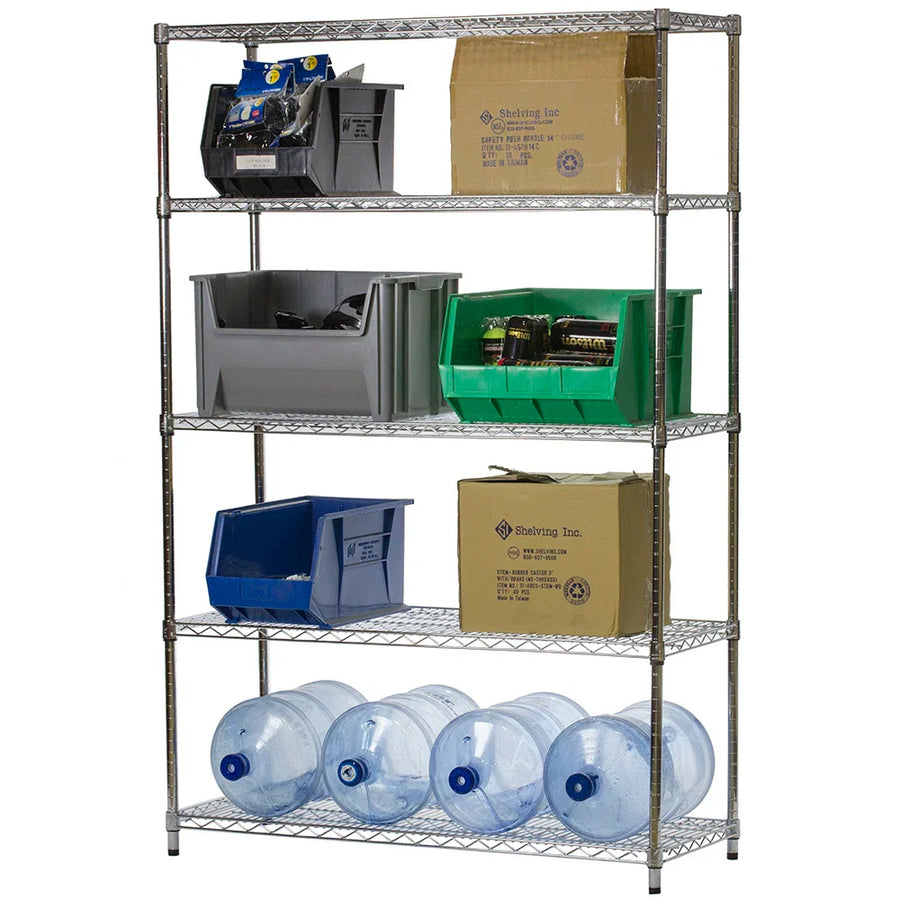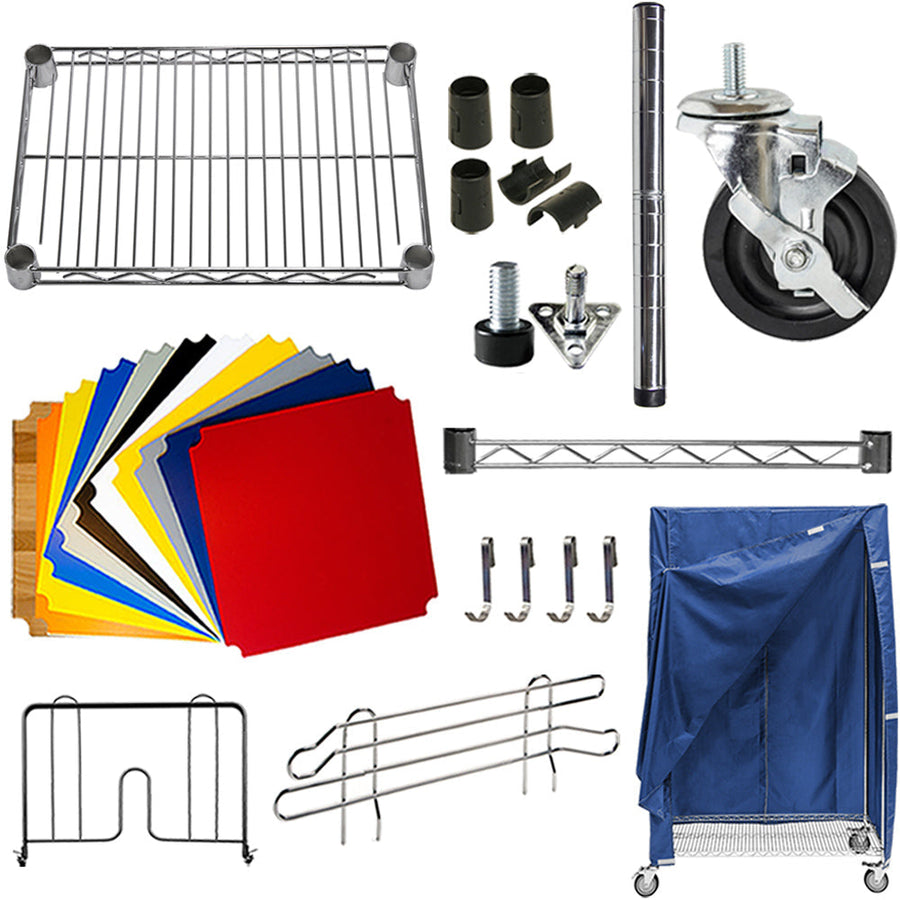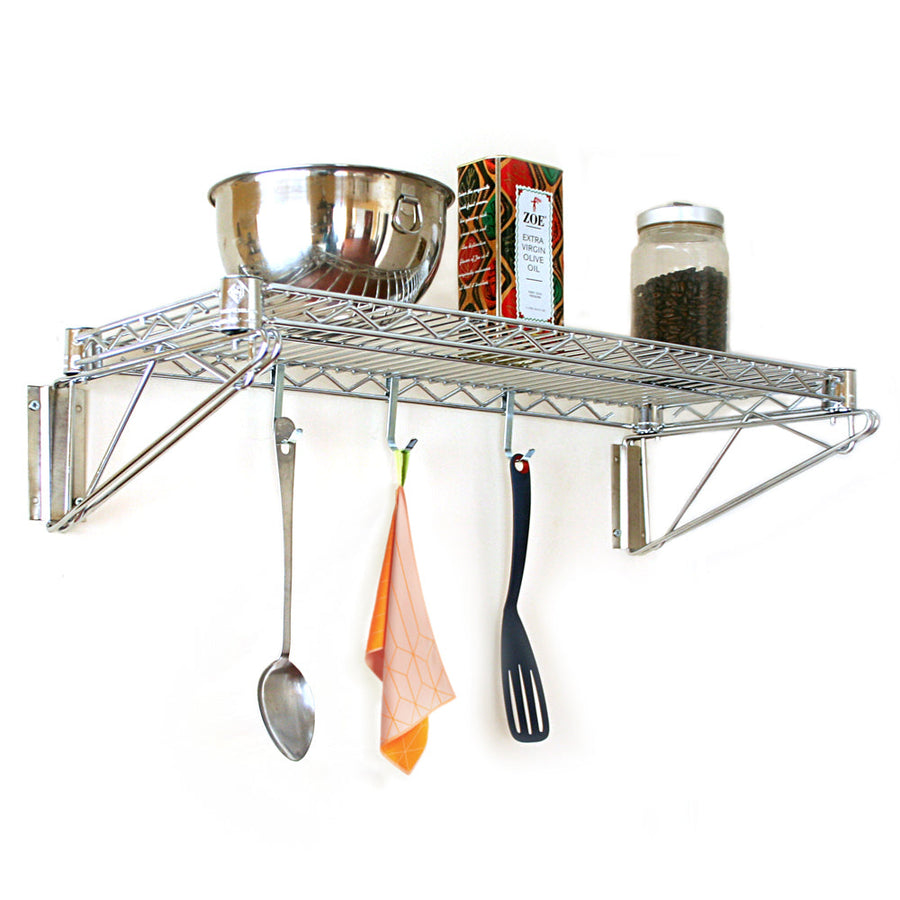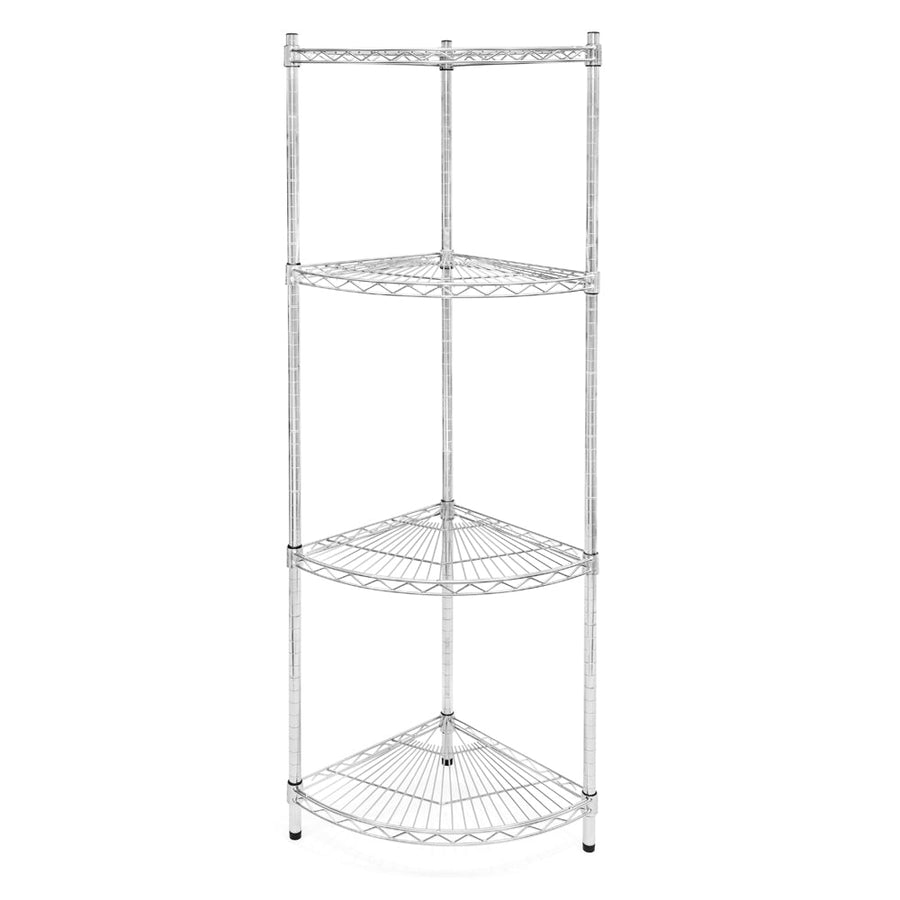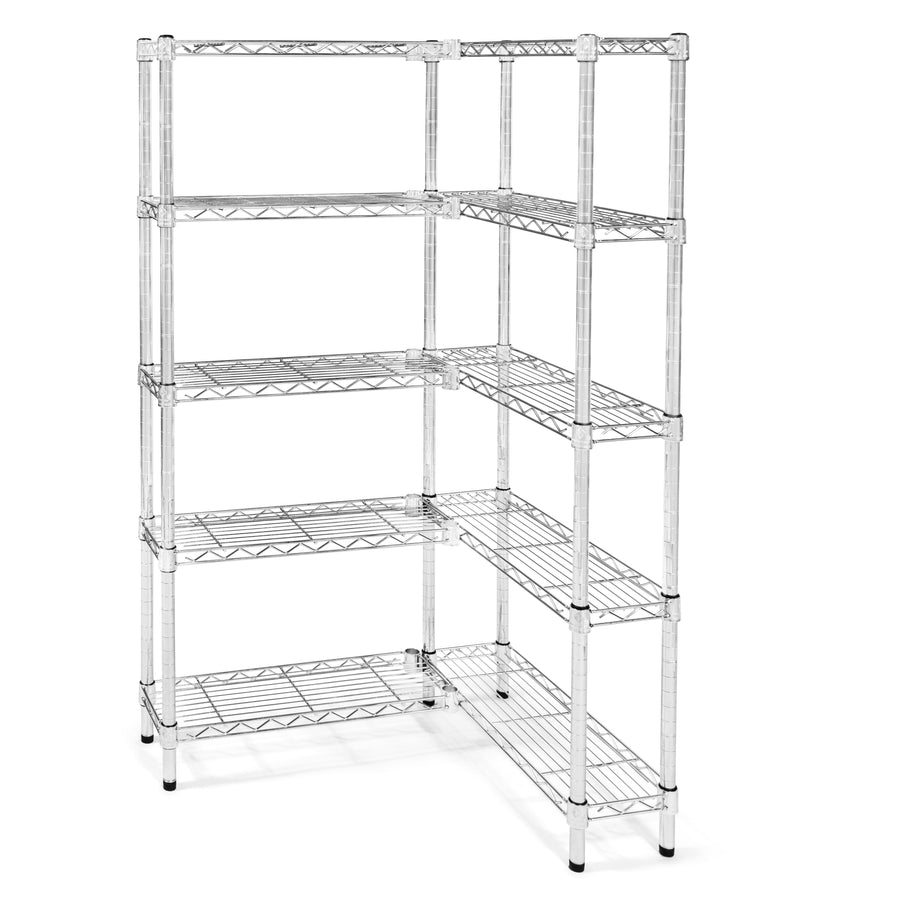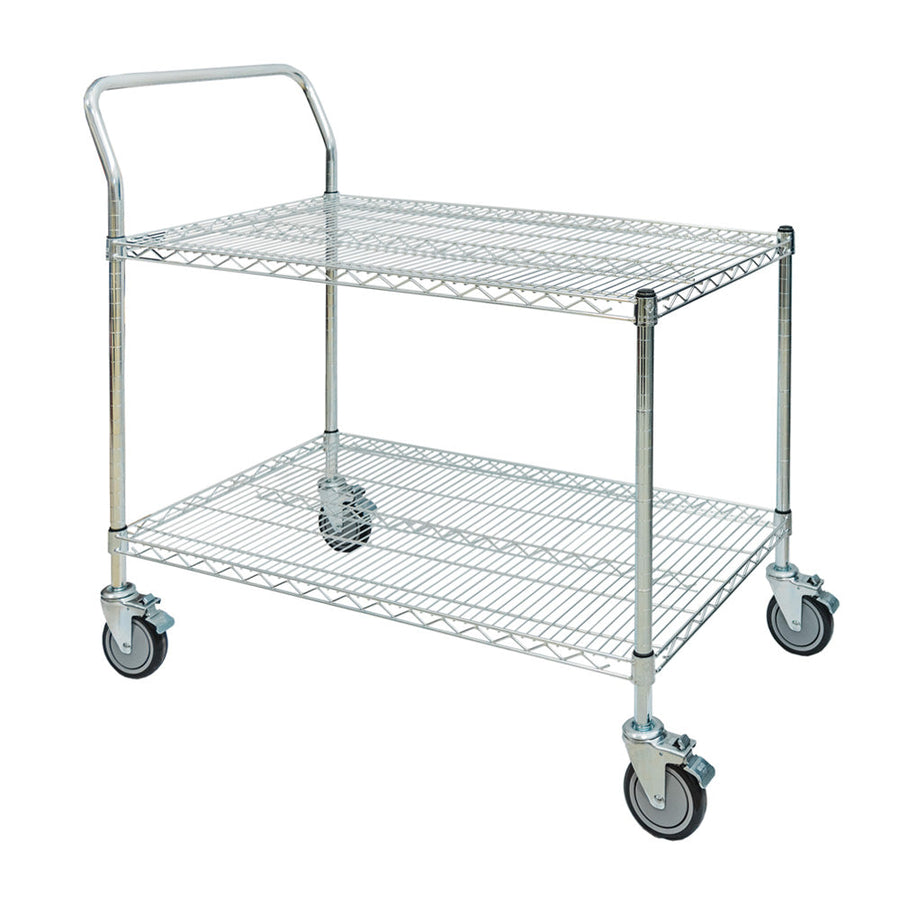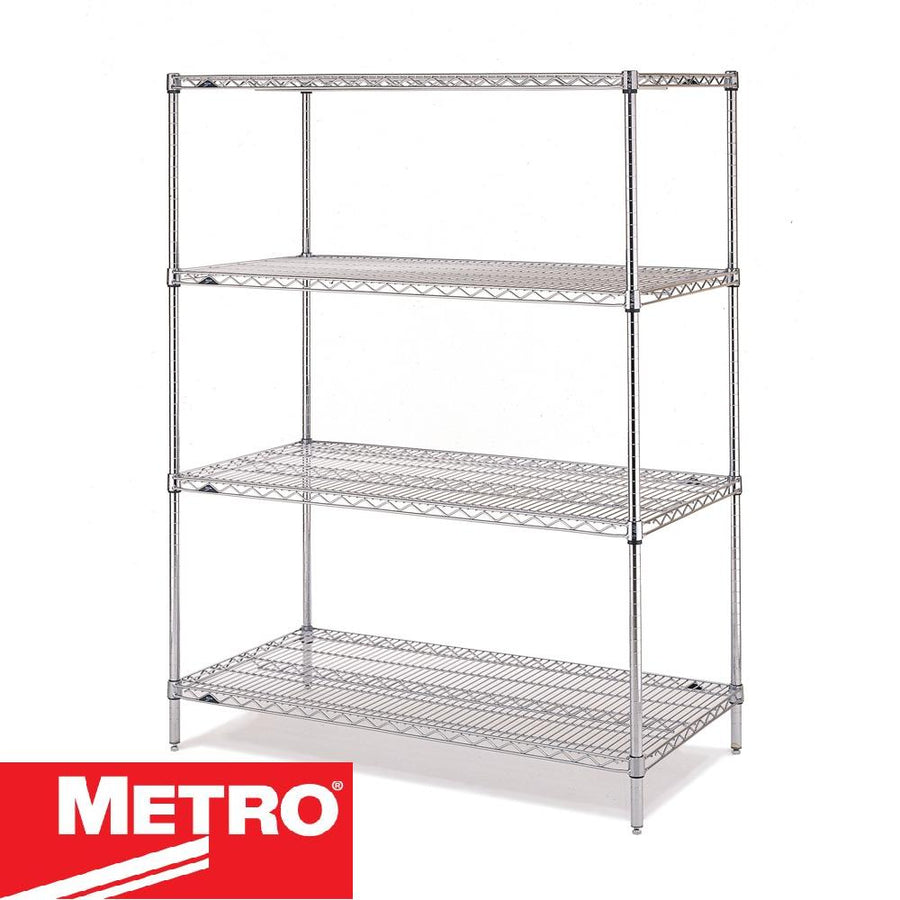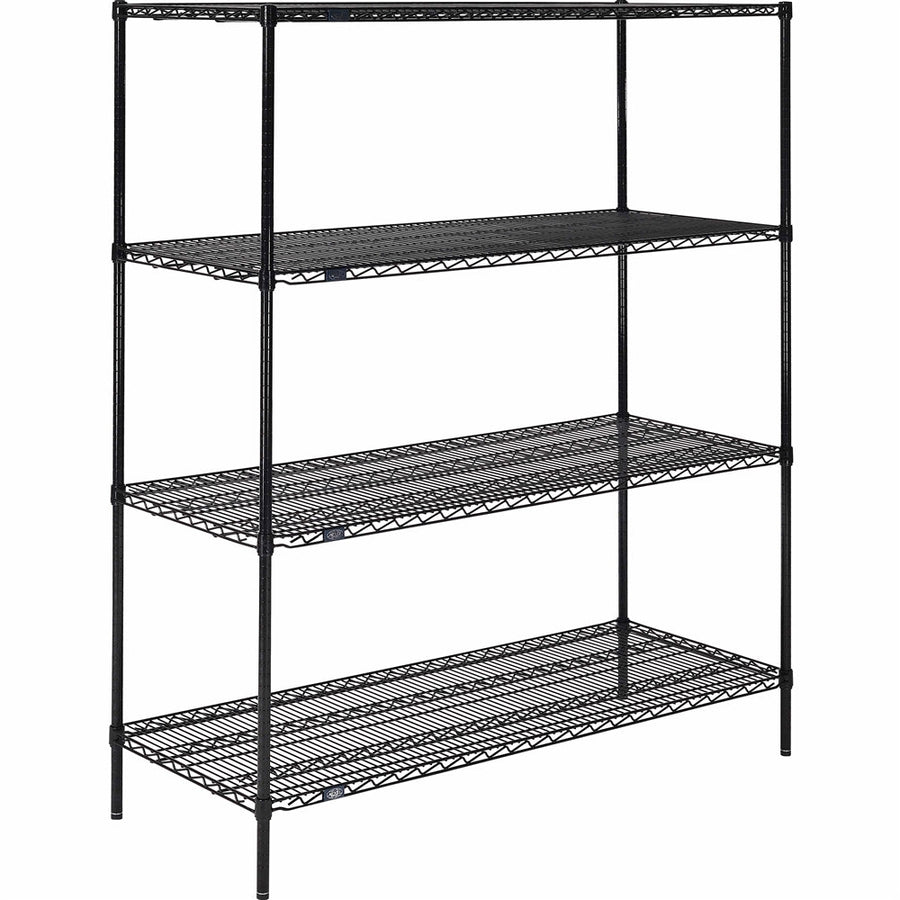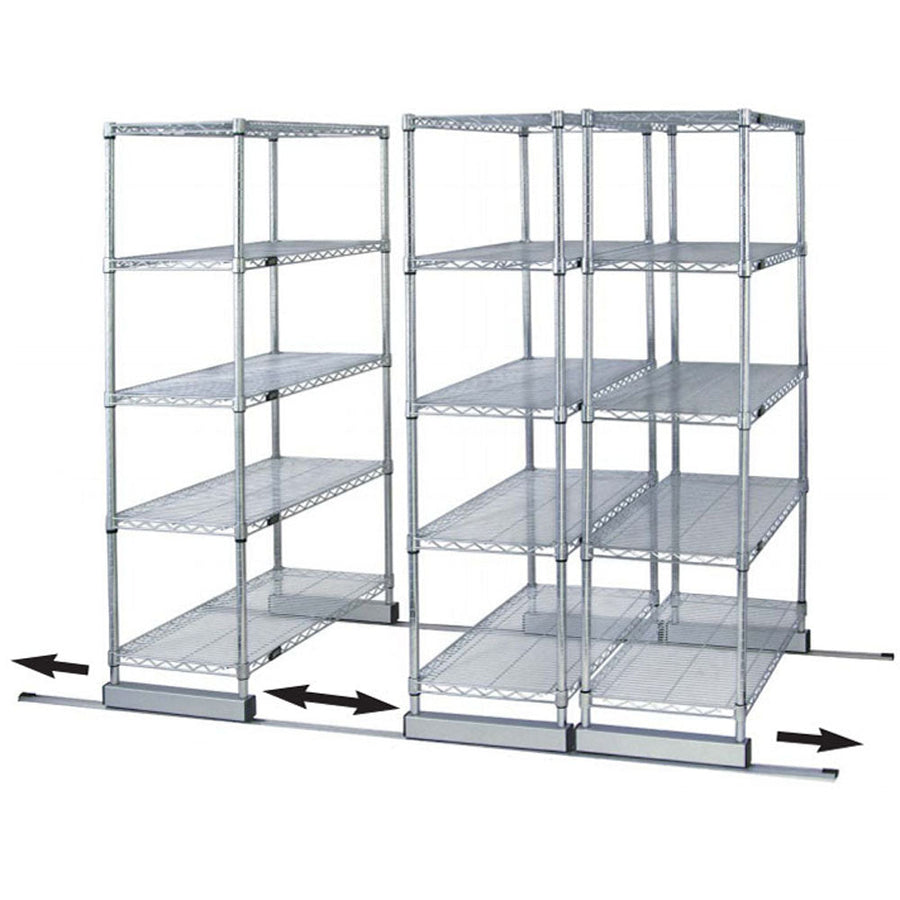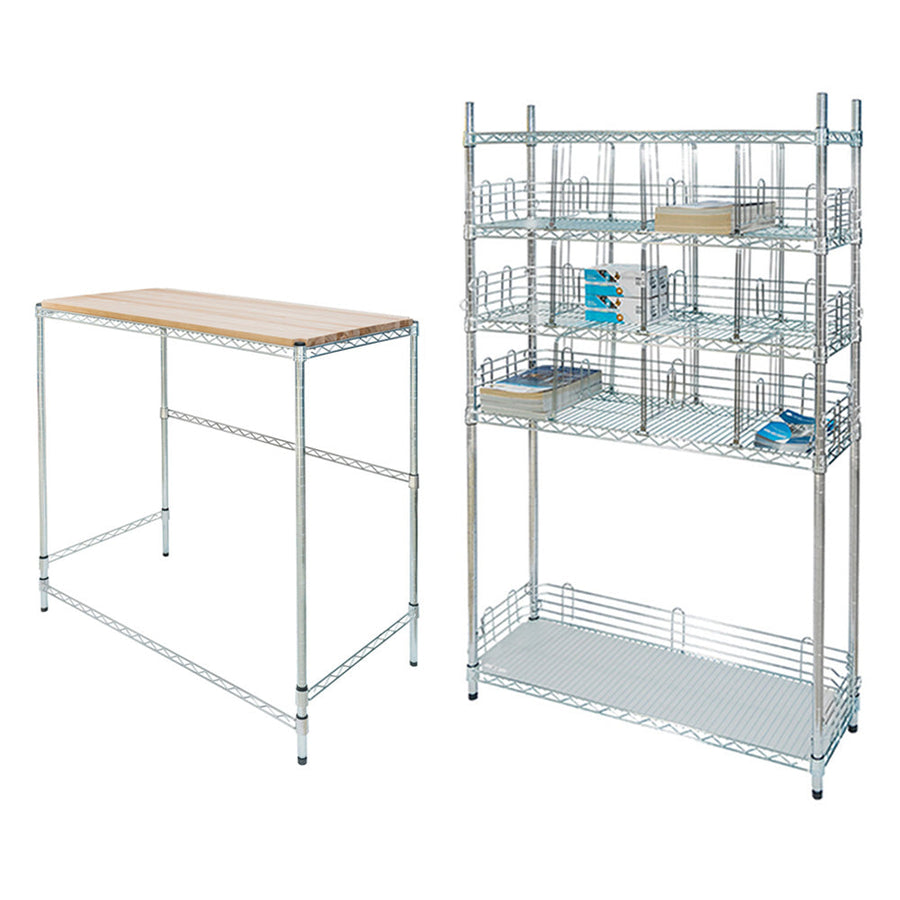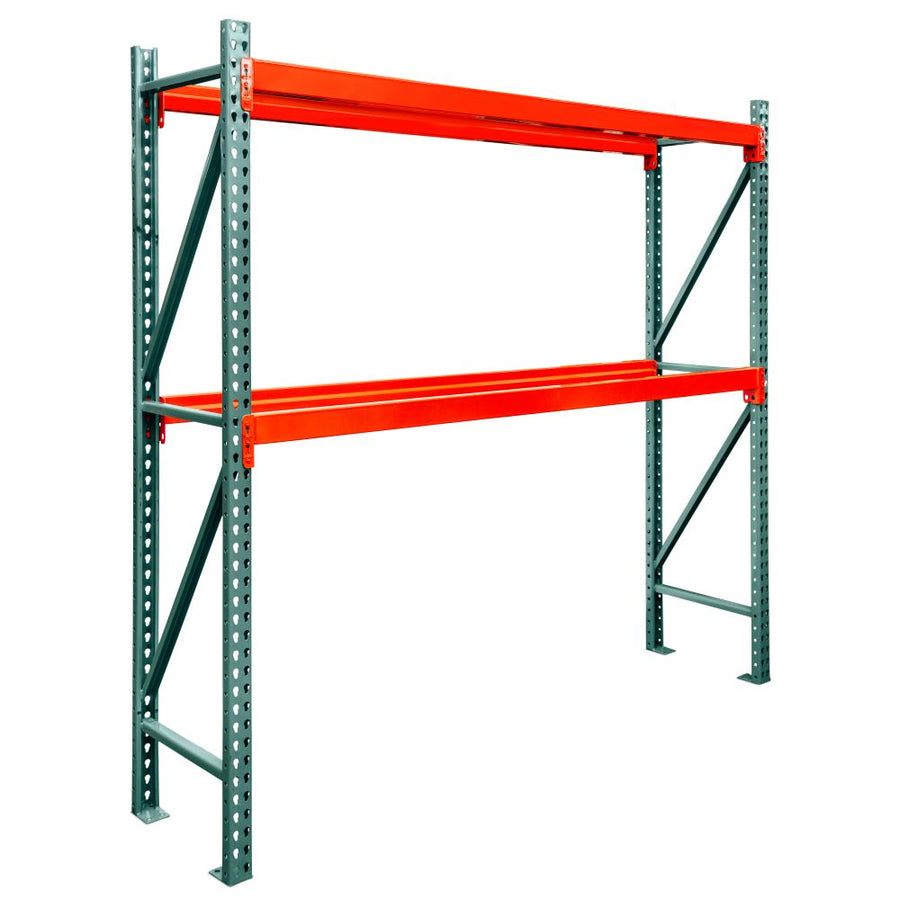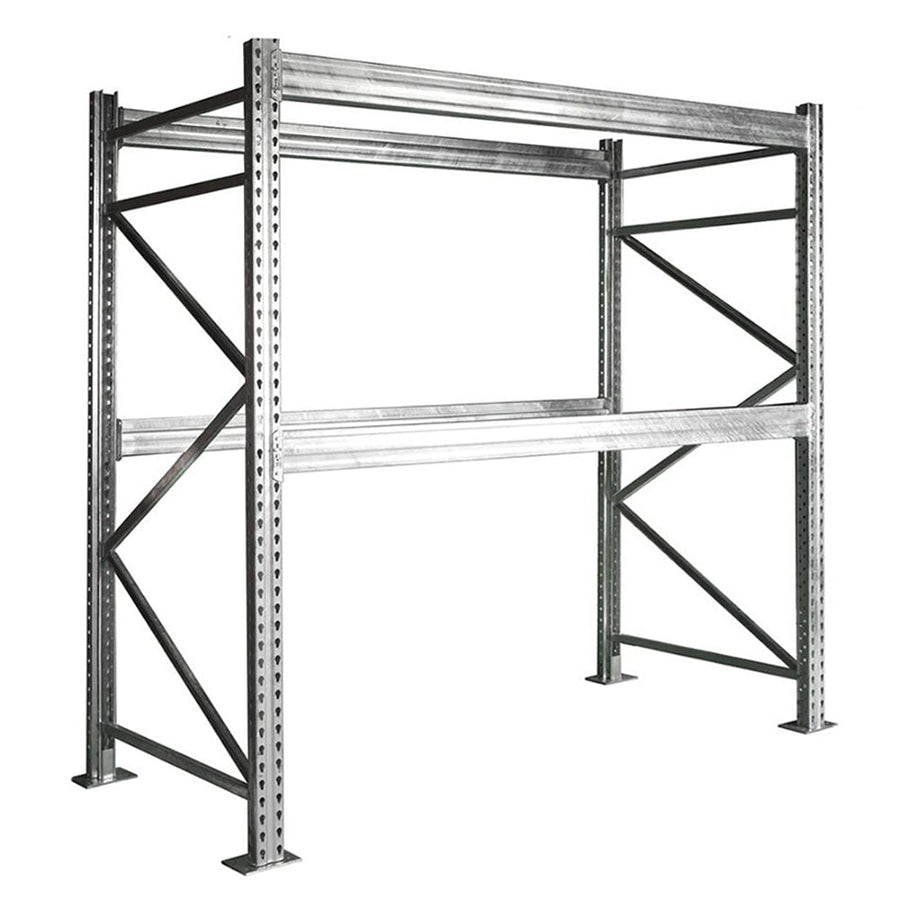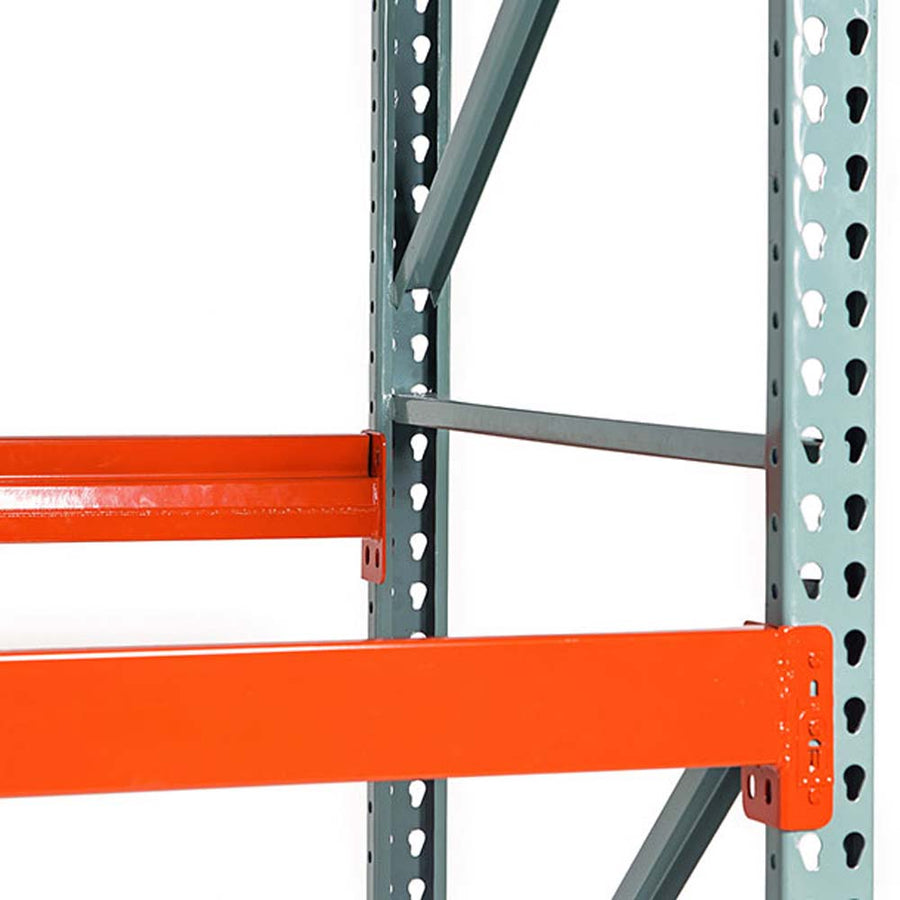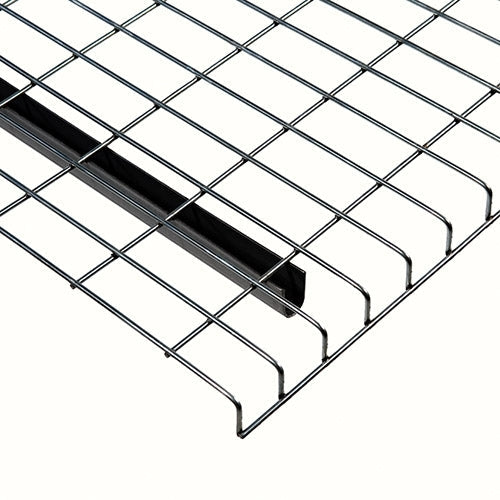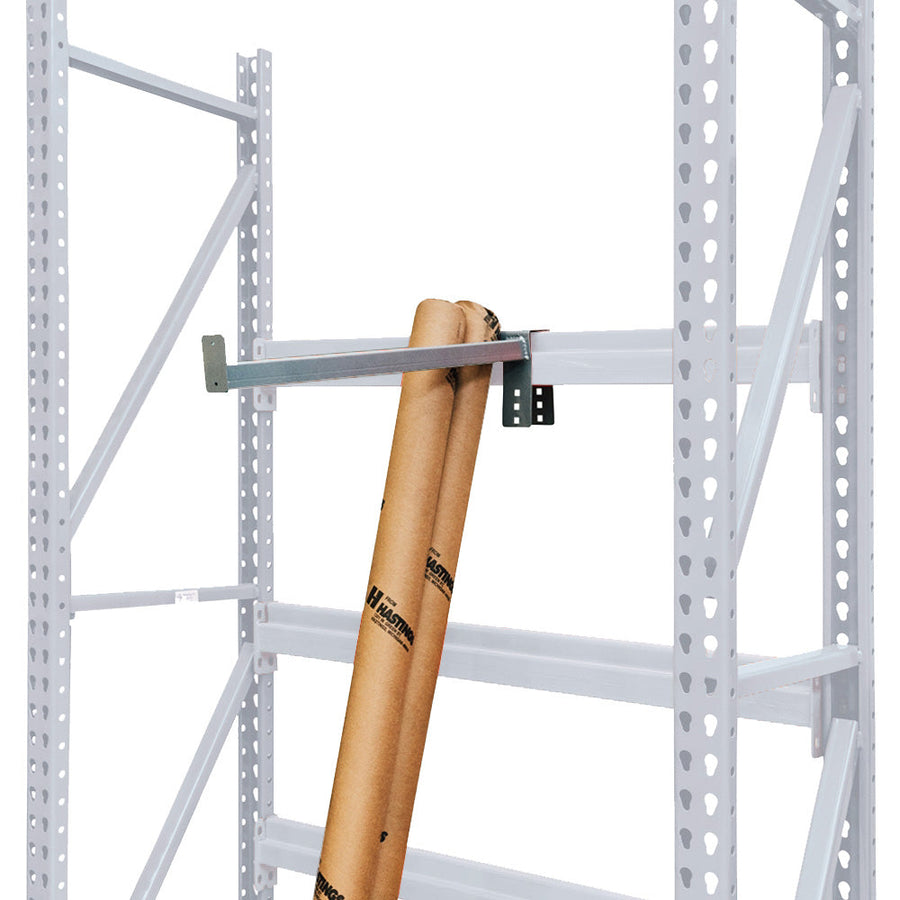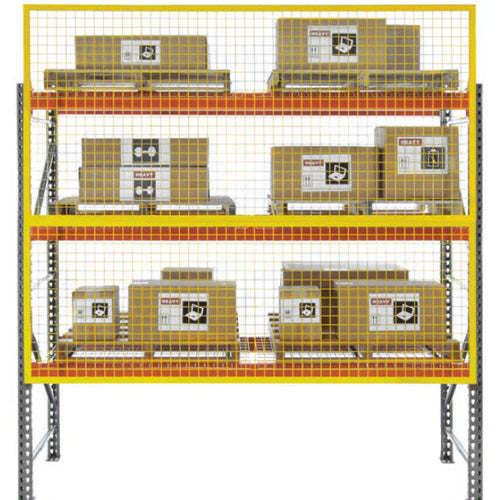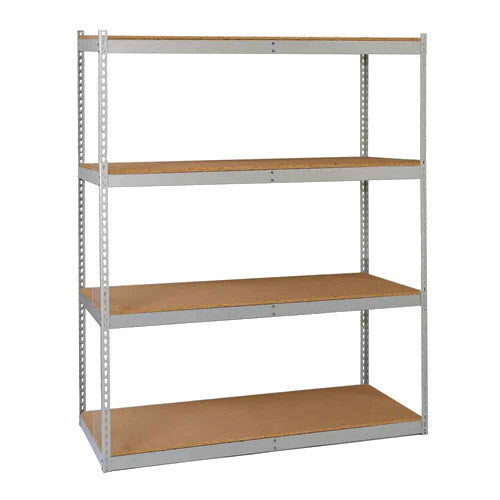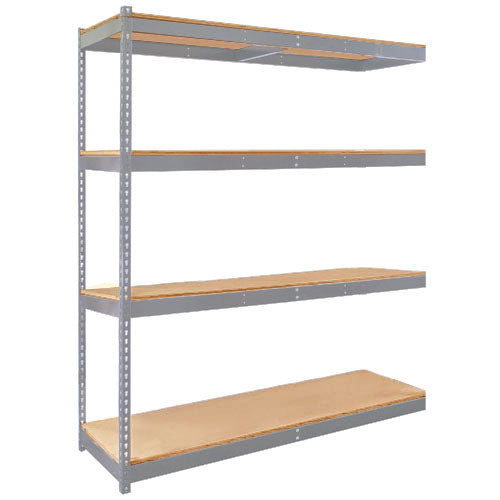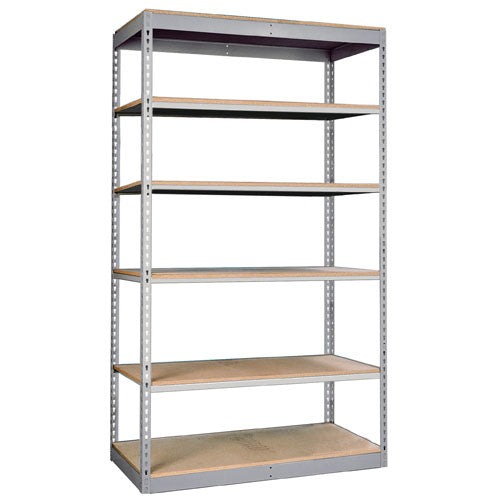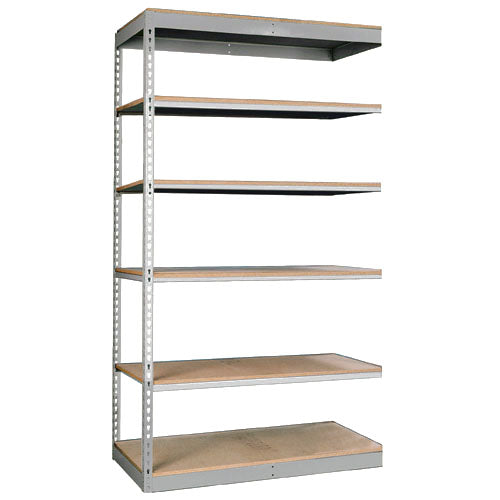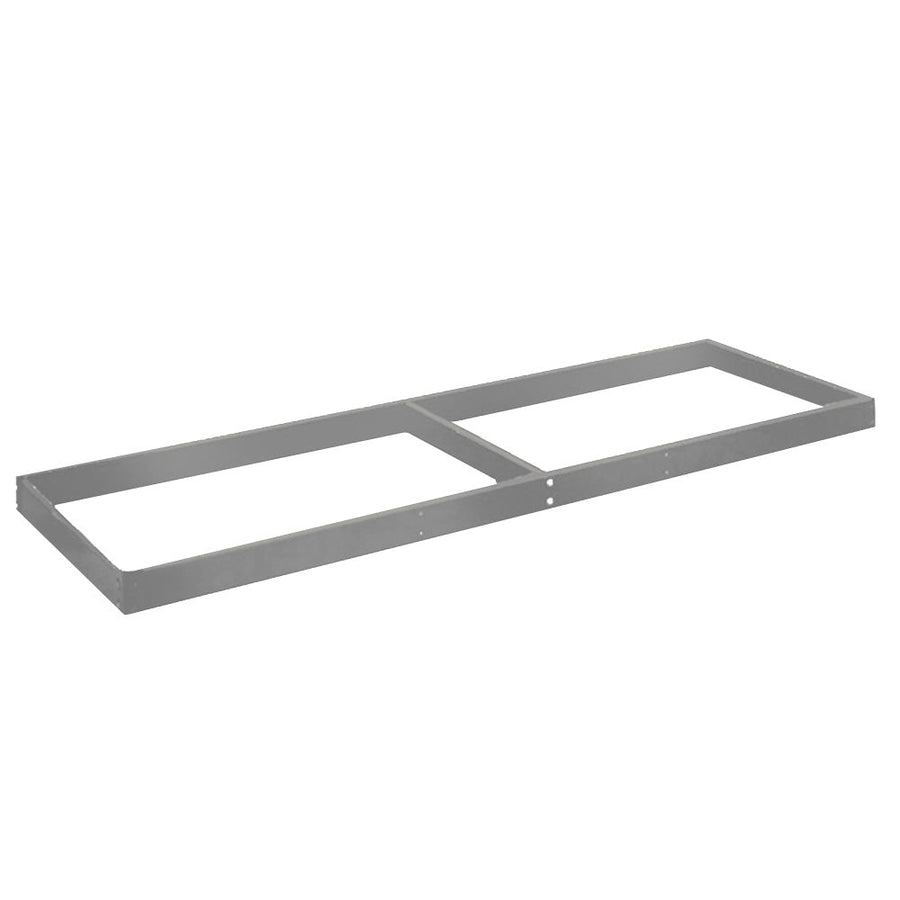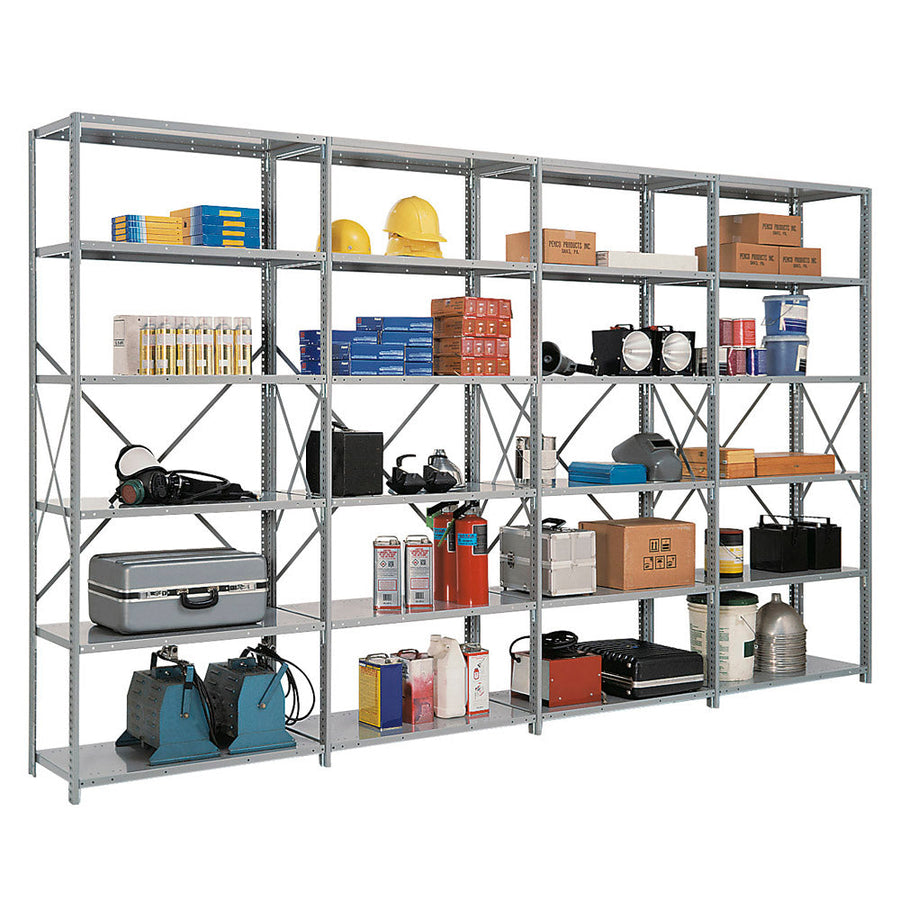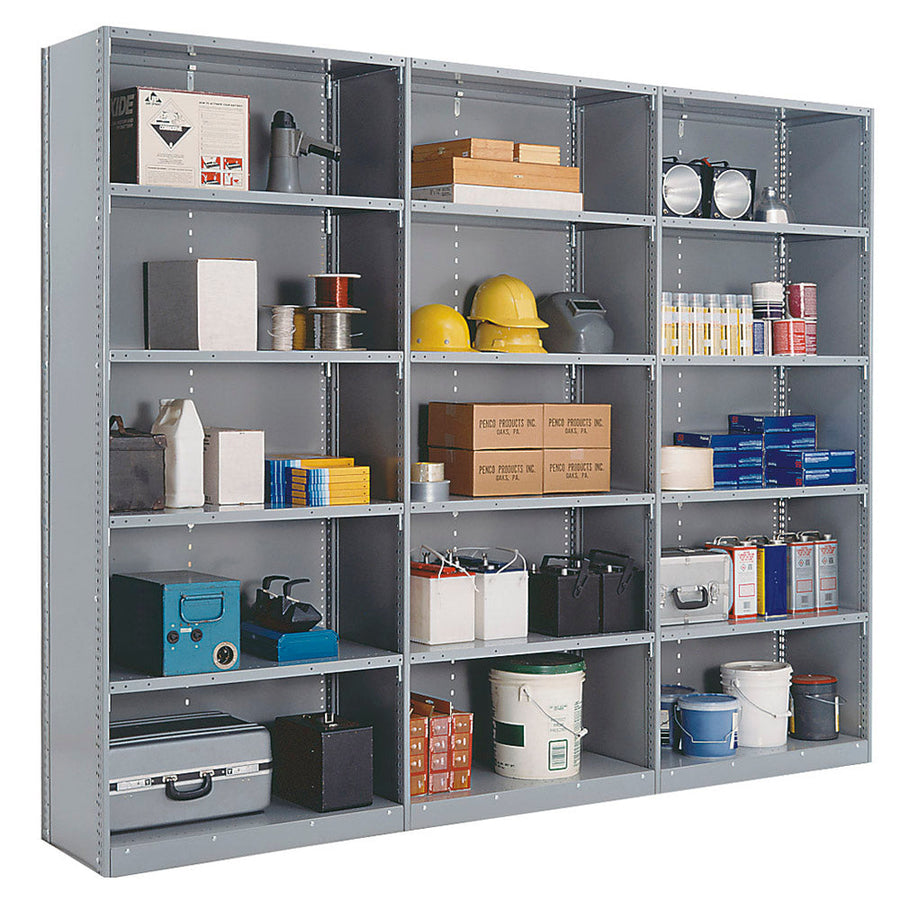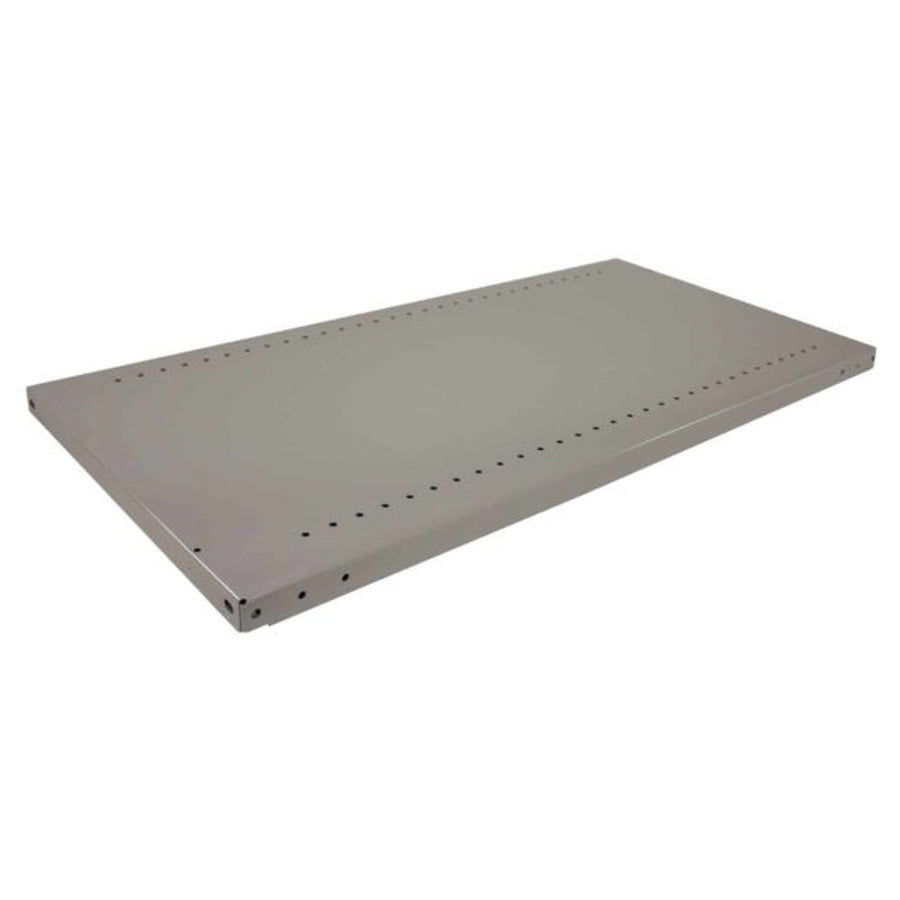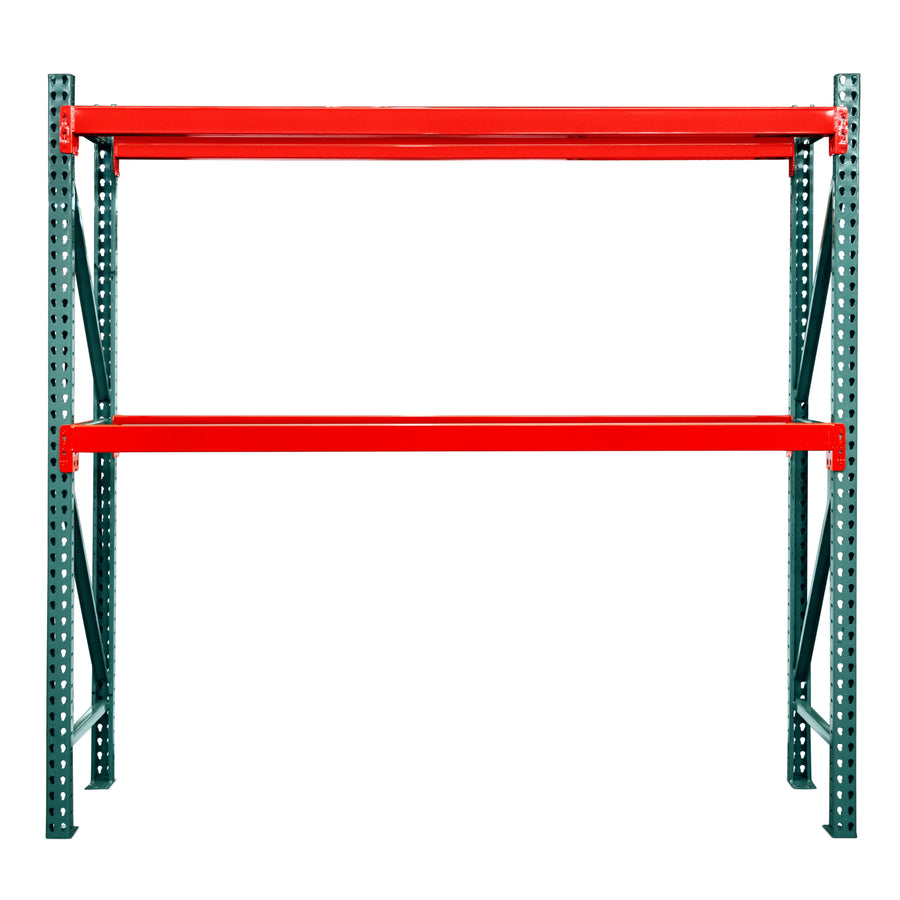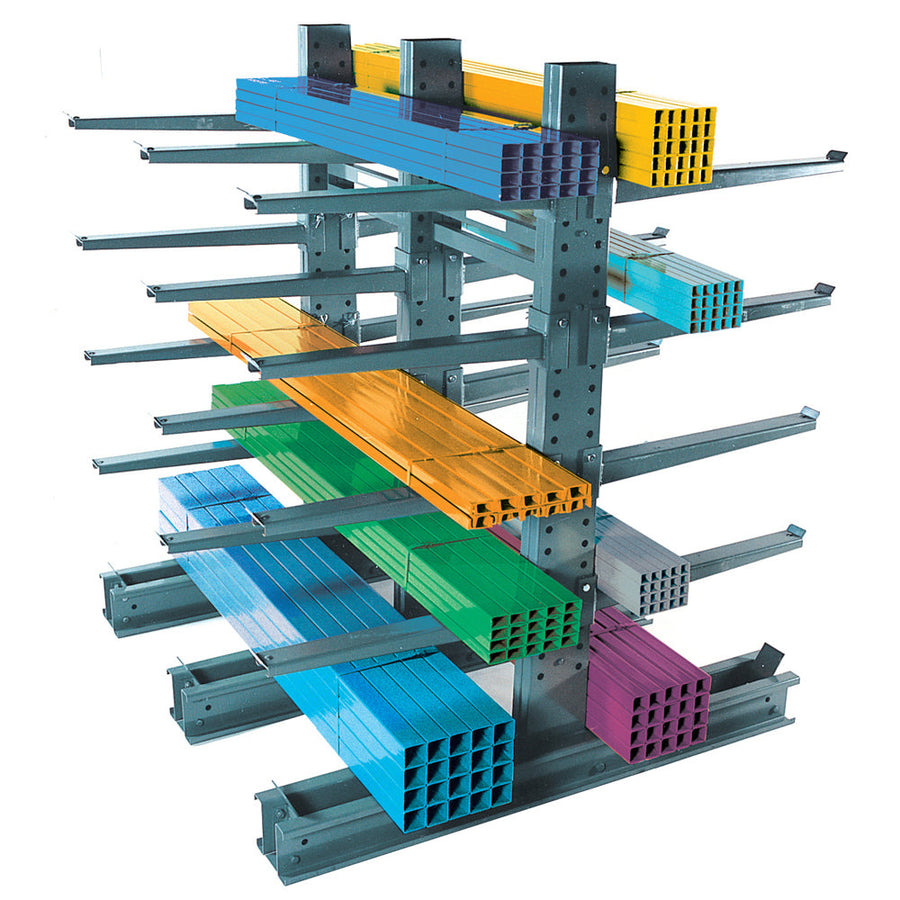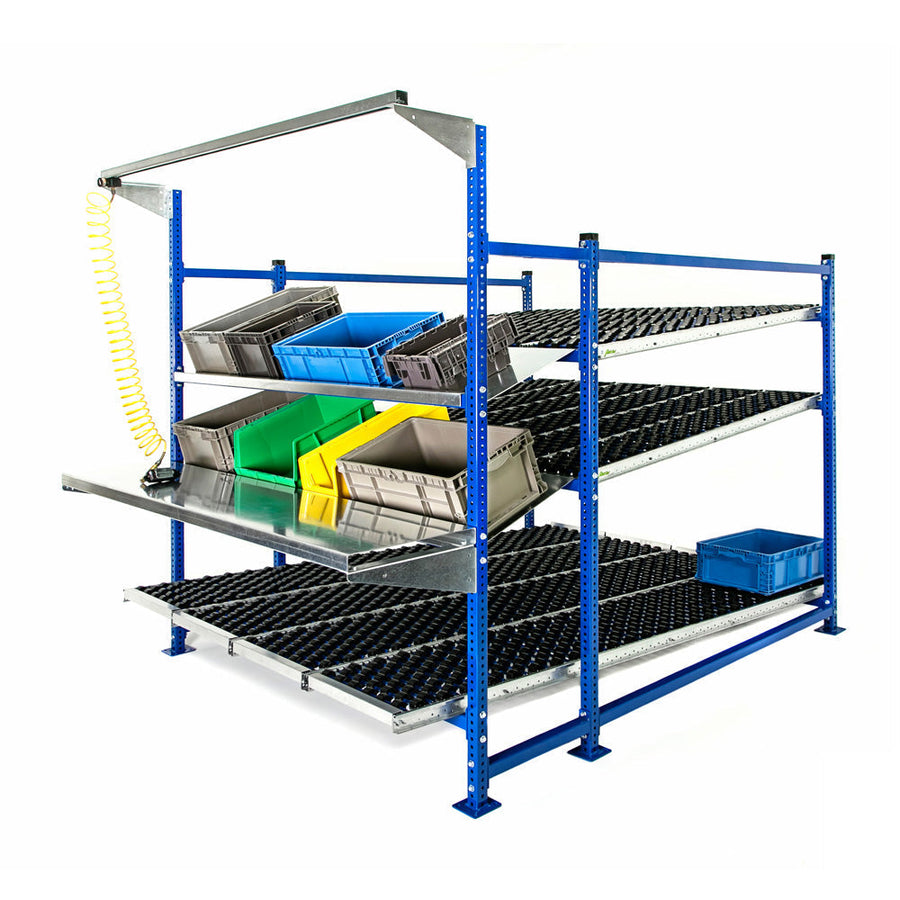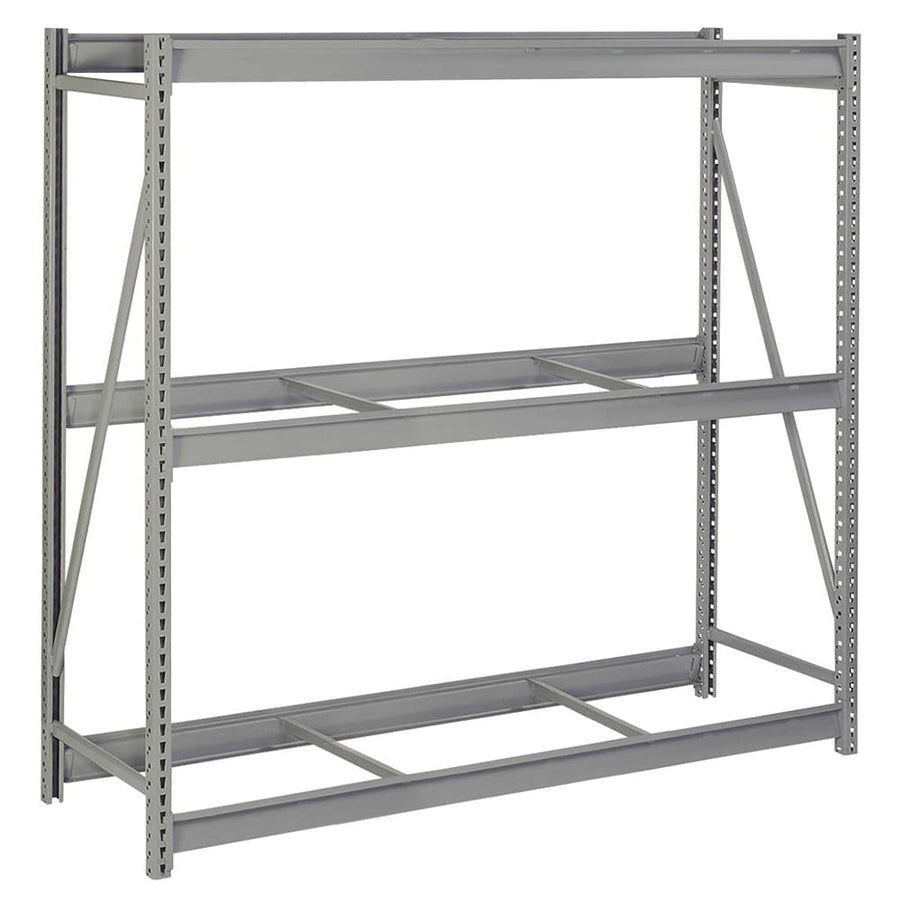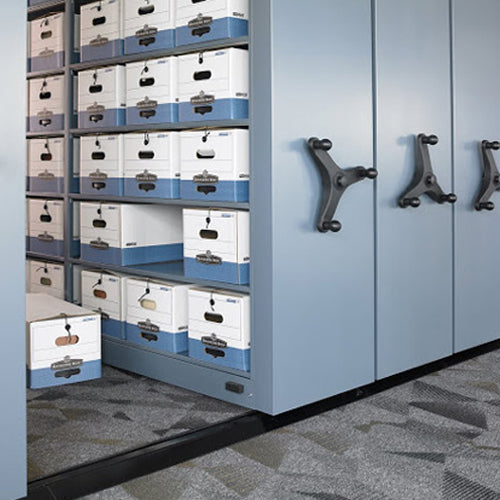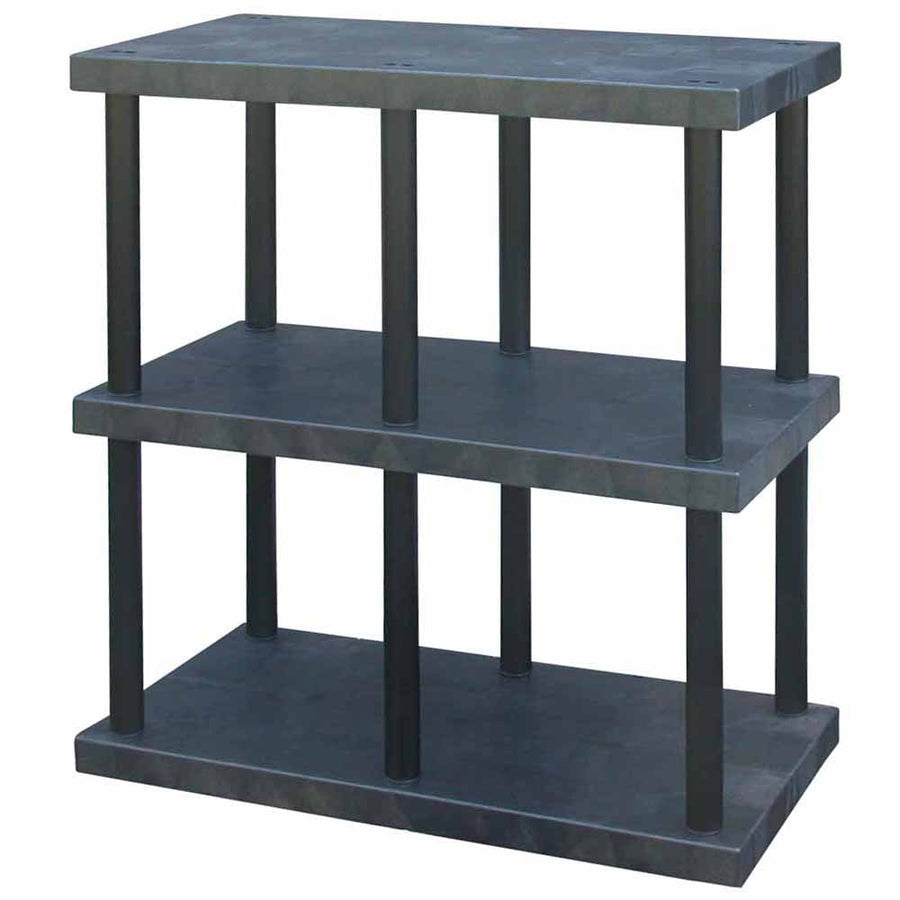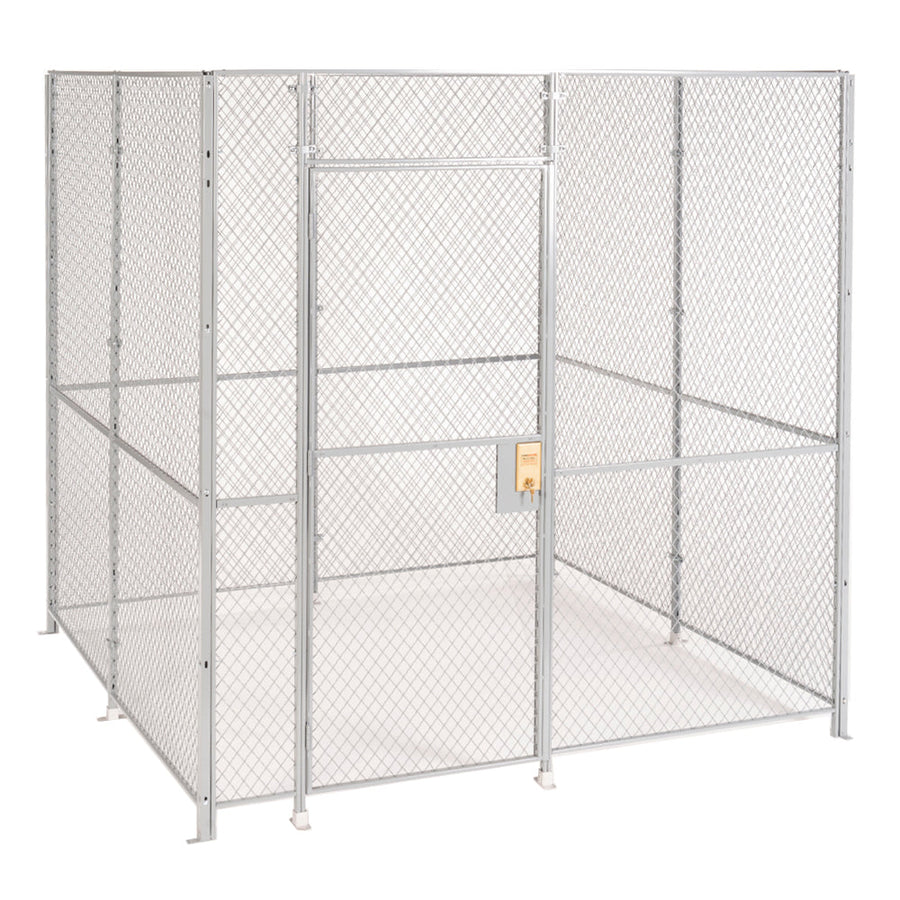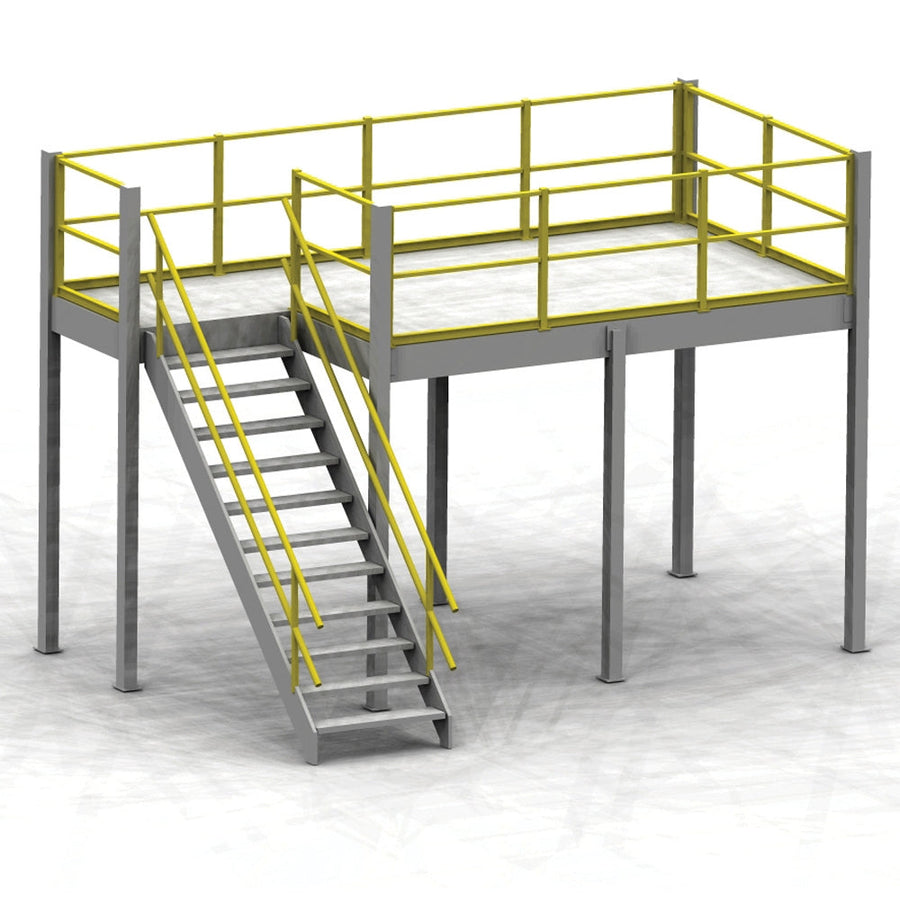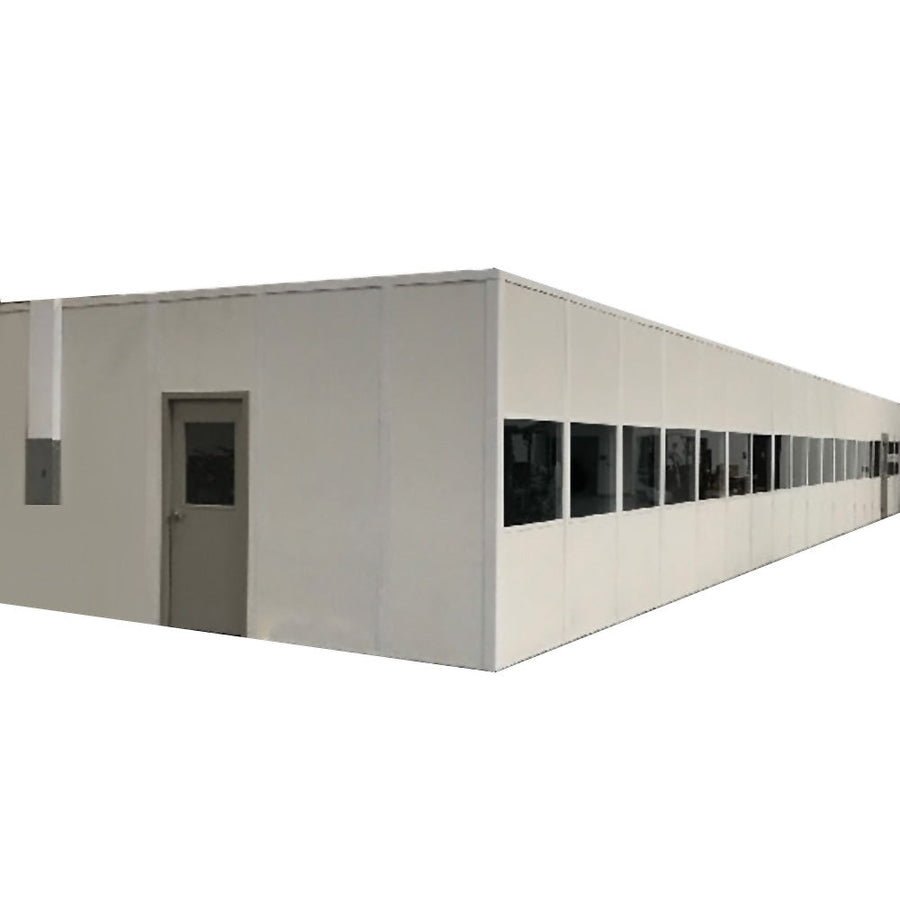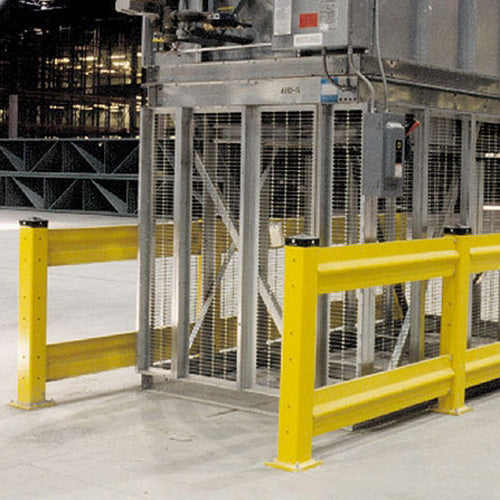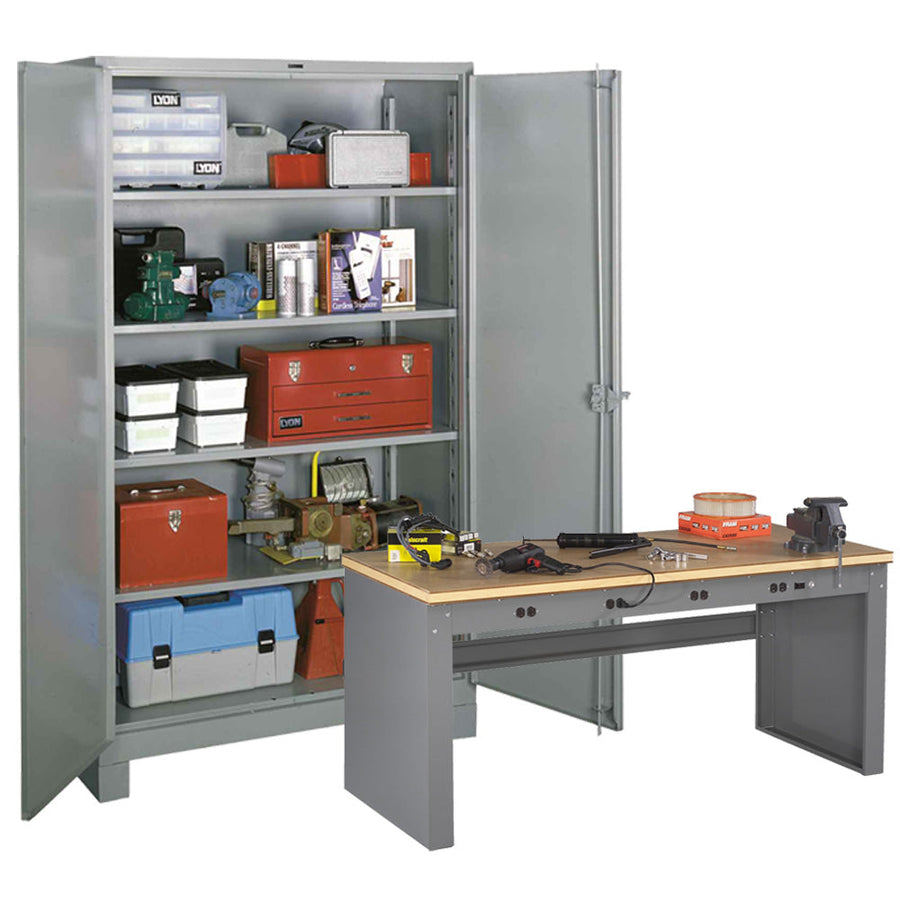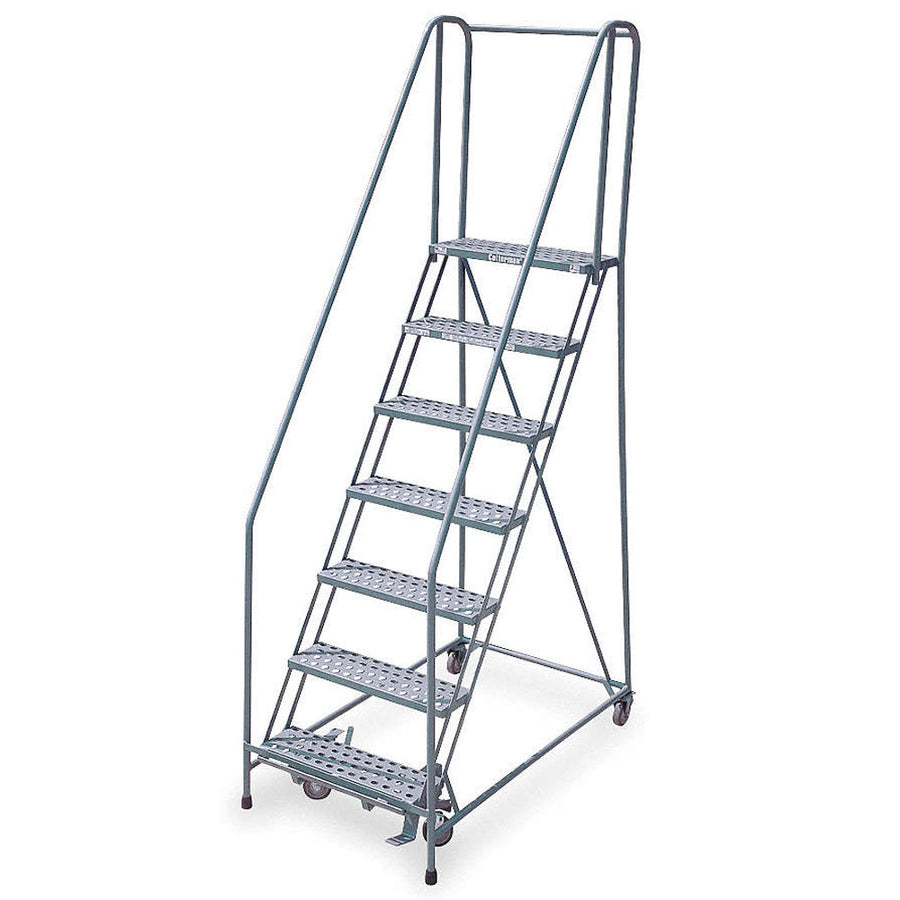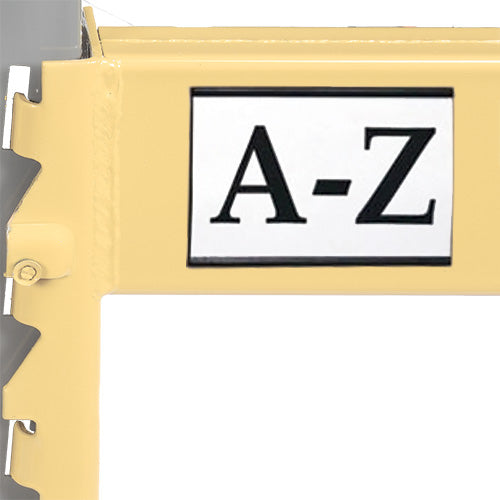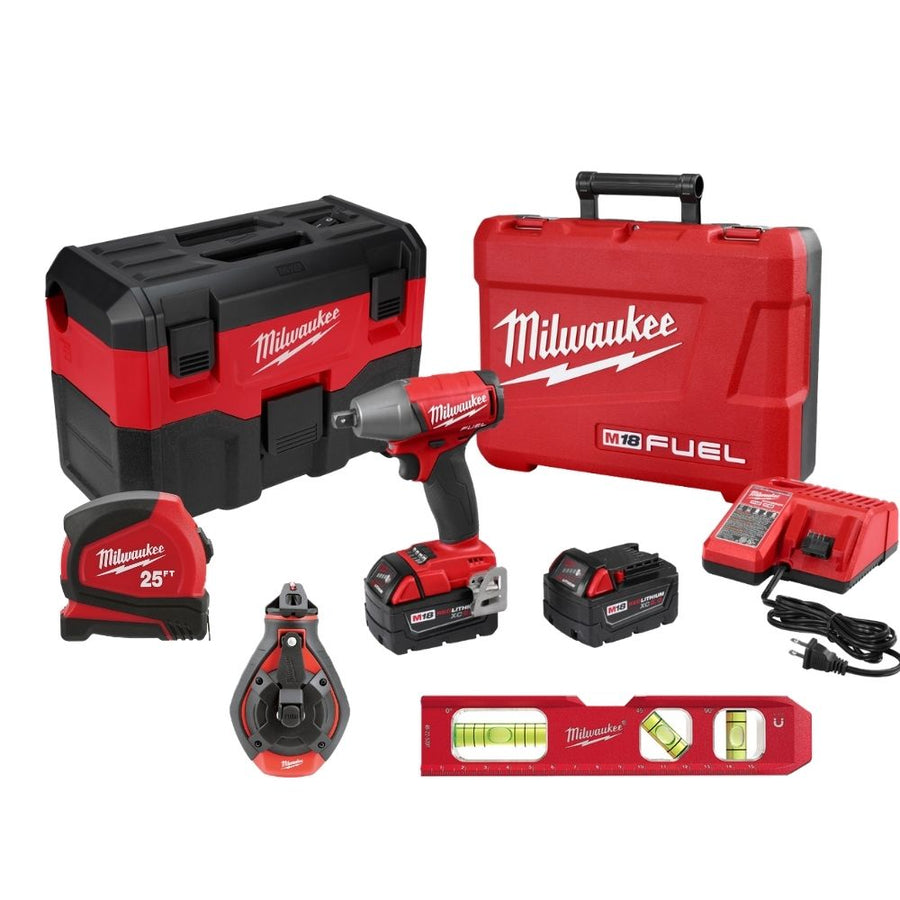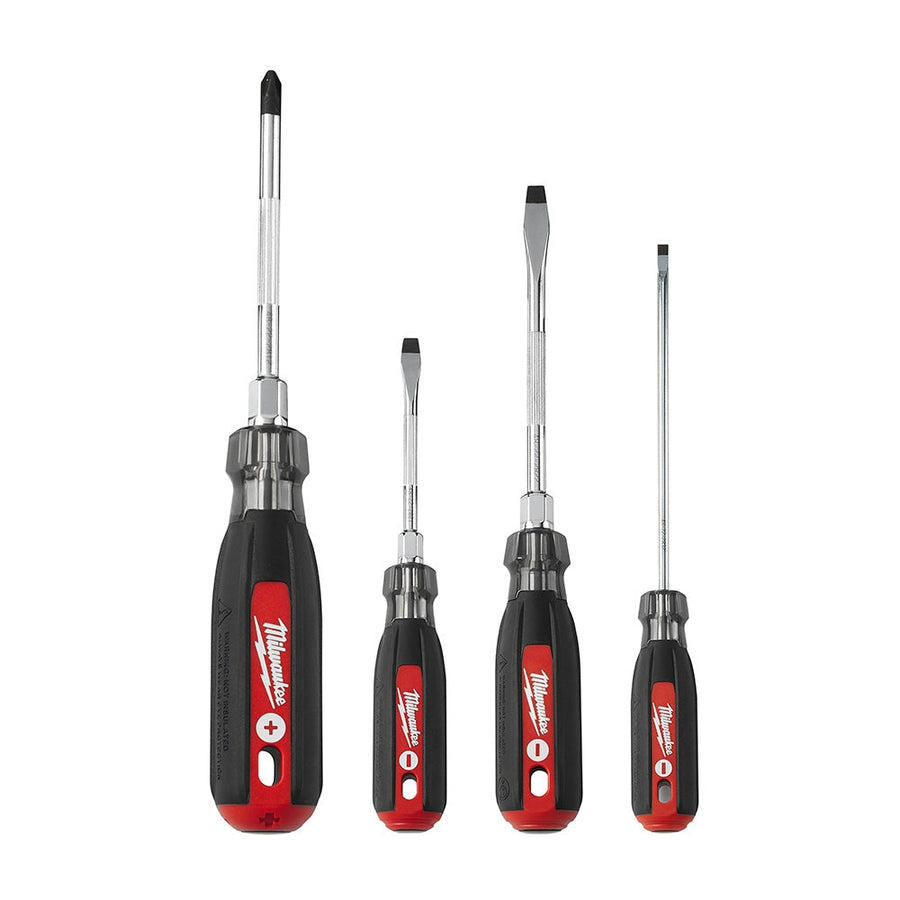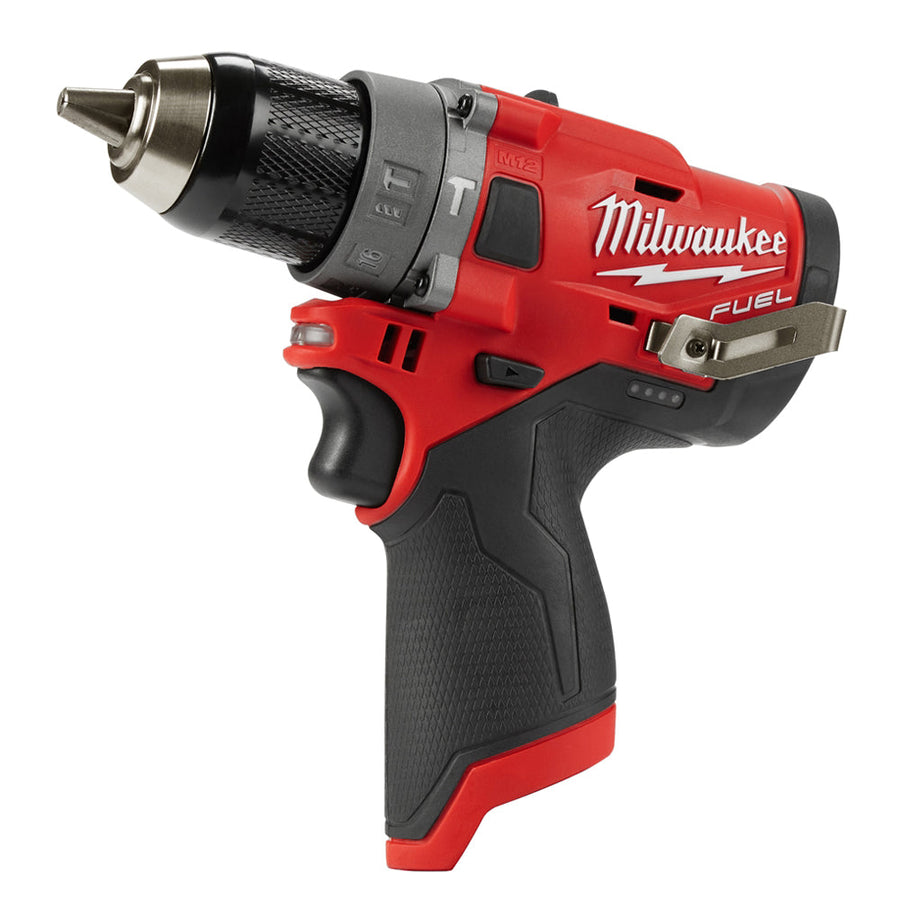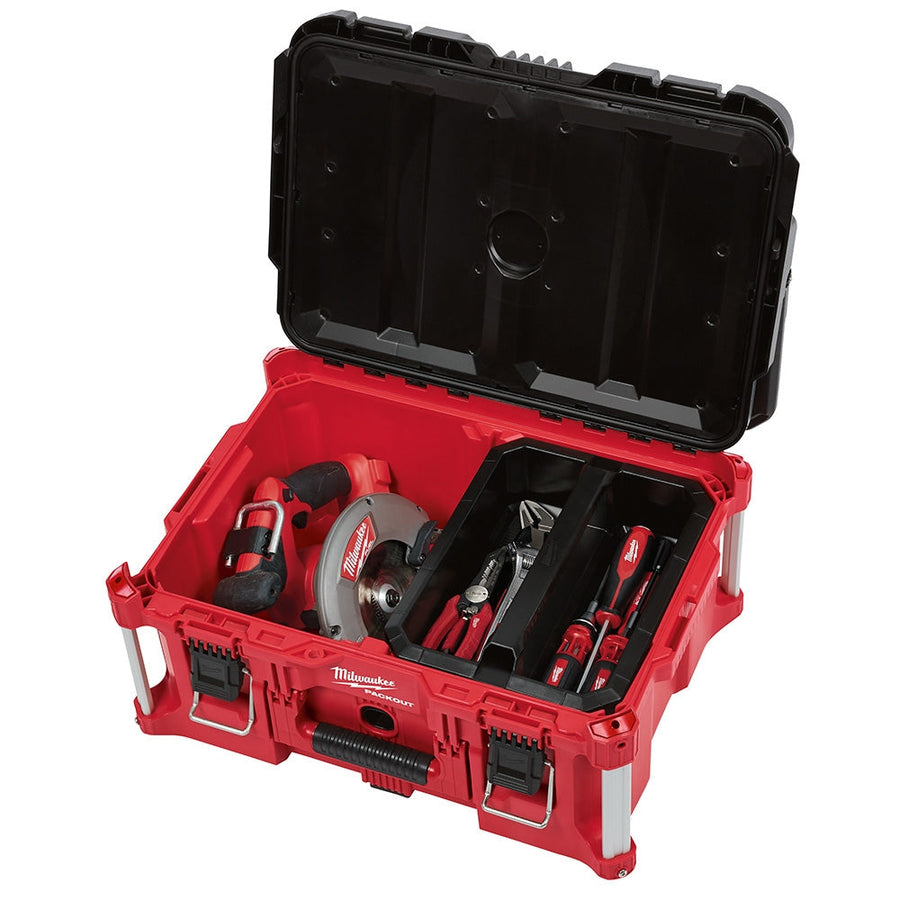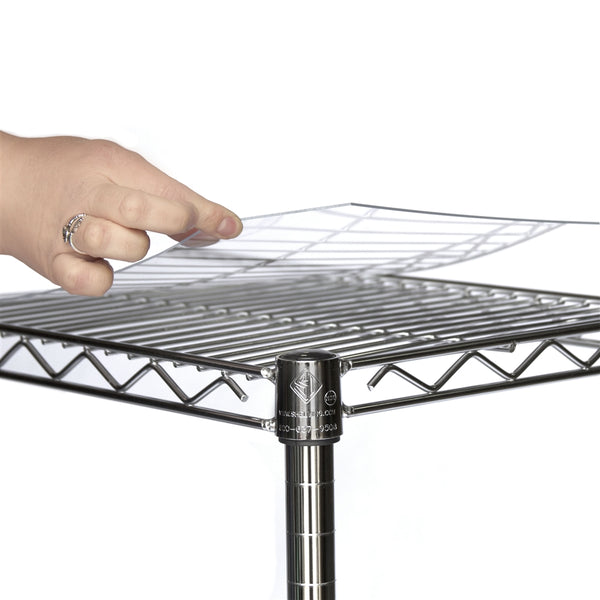No matter how consistently some items sell, or how popular a given good might be, every warehouse will encounter fluctuations in demand over time, and knowing how to address them will do a lot of good for your warehouse in the long run.
What are demand fluctuations?
Demand fluctuations, also referred to as demand volatility, are any rapid change in demand for a given product or item over a specific period of time. Due to changing customer expectations (primarily due to the rise in ecommerce over the past few years), demand fluctuations have become more common in recent times, and that’s not likely to change any time soon.
Product shortages, online memes, seasonal changes - all of these factors can contribute to demand volatility, and it can feel overwhelming if your warehouse isn’t prepared for these changes.
Managing Demand Fluctuations In Your Warehouse - Five Tips
Understand the sources of the demand
One of the best ways to start mitigating demand volatility is to understand where the demand comes from in the first place. If a certain product starts selling much more quickly than usual, can you find out if it was recently mentioned on a popular website or Youtube channel? Is a given item slowing in sales due to the changing of seasons? Has the product been sold out from another vendor for a while and people are catching on to how you can supply? Getting to the bottom of the demand changes can help you better understand your next steps.
Diversifying your supply chain
No matter how good your relationship with your vendors may be, if a product winds up constantly out of stock or in higher demand than predicted, it may be time to identify new sources for those products. Collaborate with other suppliers or distributors to locate backup sources to get these items shipped to you (or drop shipped directly to customers) and fill the gaps in your supply chain when demand rises.
Identify inadequate or excessive inventory levels
Finding a balance in inventory levels can be a difficult task normally, but throwing demand volatility into the mix makes it far more challenging. Keep a careful eye on both your demand forecasting and prior sales figures to see if they match, and always plan to have more of a popular item than you might initially expect.
Create space for safety stock
If an item is a constant victim of safety stock, over-ordering and keeping extra units on hand can go a long way to help, but finding a place to keep them can be difficult. If your warehouse frequently finds itself in need of safety stock, designate some specific metal warehouse shelves or wire warehouse shelves to store this stock - and remember to keep your team informed when the time comes to pick these items.
Review warehouse performance
Finally, constant awareness of how your warehouse is performing can help to mitigate stockouts in case of a sudden demand spike. Review things like picking speed, order errors, and seasonal order totals to identify any potential gaps in your operations before they can be further impacted by demand volatility.


